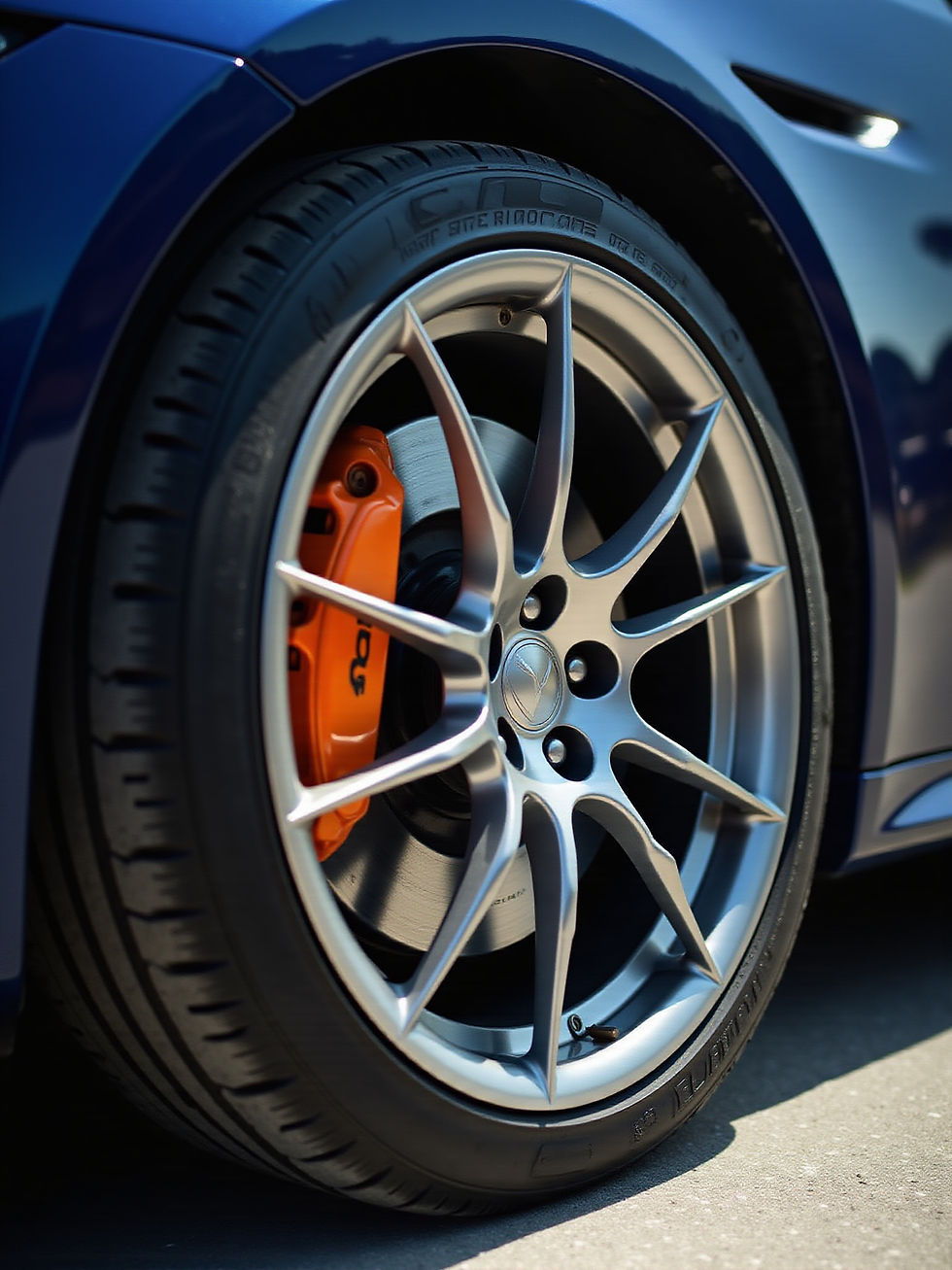Understanding End of Lease Inspections and Avoiding Costly Charges for Vehicle Damage
- Anthony Long

- Oct 21
- 3 min read
When it’s time to return a leased vehicle, many drivers feel concerned by the end-of-lease inspection. This vital step can cause anxiety, especially for those uncertain about what to expect. Knowing the details of end-of-lease inspections is essential for steering clear of surprise charges for vehicle damage. In this blog post, we will examine what these inspections involve, the potential costs linked to damage, and effective strategies to prepare for a hassle-free return of your leased vehicle.

What is an End of Lease Inspection?
An end-of-lease inspection is a careful evaluation of a leased vehicle, carried out by either the leasing company or a third-party inspector. This inspection generally takes place when the lease term ends and the vehicle is returned or collected. Its purpose is to determine the condition of the vehicle and resale value. Inspectors will assess whether any damage goes beyond the leasing company's wear and tear policy, which can differ significantly among providers.
During the inspection, the inspector will conduct a thorough check of the vehicle’s exterior, interior, and mechanical components. For example, they will look for:
Exterior Damage: Scratches, dents, and paint chips.
Tire Condition: Tread depth and wear patterns.
Interior Condition: Seats, upholstery, and dashboard wear.
Each of these elements can impact the car's value and the charges you may incur.
Understanding Wear and Tear Policies
Every leasing company has its own wear and tear policy that defines what is acceptable and what is not. Generally, normal wear and tear includes light scuffs and scratches, small chips, and typical interior wear from everyday use but where do they draw the line? What is classed as 'every day wear and tear'?
For instance, a significant dent on a door, which might cost around £200-£300 to repair, could be classified as excessive damage. It is possible however, for the appointed repairer of the leasing agent to expand on this, snow-balling the cost. It’s critical to read and understand these policies thoroughly. This knowledge can help you identify potential problems before the actual inspection takes place.
The Financial Implications of Damage
Should the inspection reveal damage that exceeds the wear and tear policy, the leasing company typically follows up with repair charges. These costs can be surprisingly high, sometimes exceeding the real expense of the repairs. For example, if a repair costs £400, the leasing company may bill you in excess of £600-£800+ to cover overhead and additional fees.
If you plan to lease another vehicle afterward, these charges may be rolled into the cost of your new lease. In some cases, this could lead to monthly payments that spike by as much as 20%, significantly impacting your financial situation. Being aware of these potential costs can guide you in addressing any damage proactively.
Preparing for the Inspection
Preparation is crucial to achieving a smooth end-of-lease inspection. Consider these actionable steps to ensure you are ready:
Review Your Lease Agreement: Take the time to understand the terms of your lease, particularly the wear and tear policy. Knowing what to expect during the inspection will ease your mind.
Conduct Your Own Inspection: Before the official assessment, conduct a personal review of your vehicle. Identify scratches, dents, or other damage that may need fixing.
Make Necessary Repairs: Address any issues you find. Minor repairs, such as touch-ups, can often be done cheaply compared to potential inspection charges.
Clean the Vehicle: A clean vehicle gives a good impression. Professional detailing can enhance the vehicle’s appearance, reflecting your responsibility.
It is recommended to do this all in good time, leaving it too late may result in your chosen repairer not having time to fit you in to their busy schedule.
Common Areas of Concern
During inspections, certain areas receive special attention from inspectors. Being prepared for these can help limit last-minute surprises:
Exterior Damage: Inspectors will scrutinize the vehicle's body for weaknesses. Focus on bumpers, doors, and the hood.
Tires: Tire condition, including wear and tread depth, is a key area of focus. Ensure tires are in good shape and evenly worn.
Interior Condition: Inspectors will examine the interior closely for rips, stains, and cleanliness.
Mechanical Issues: Any problems affecting the vehicle's operation may be noted, even if they are not cosmetic.
Final Thoughts
End-of-lease inspections can be daunting, but understanding the process and preparing can greatly reduce potential financial shocks. Familiarize yourself with the leasing company's wear and tear policy, conduct your own inspection, and remedy any identified issues ahead of time. Taking these steps can help you avoid costly repairs and ensure a smooth vehicle return.
By being proactive, you safeguard your finances and enhance your leasing experience. Preparing properly can transform what feels like a stressful obligation into a straightforward process.


